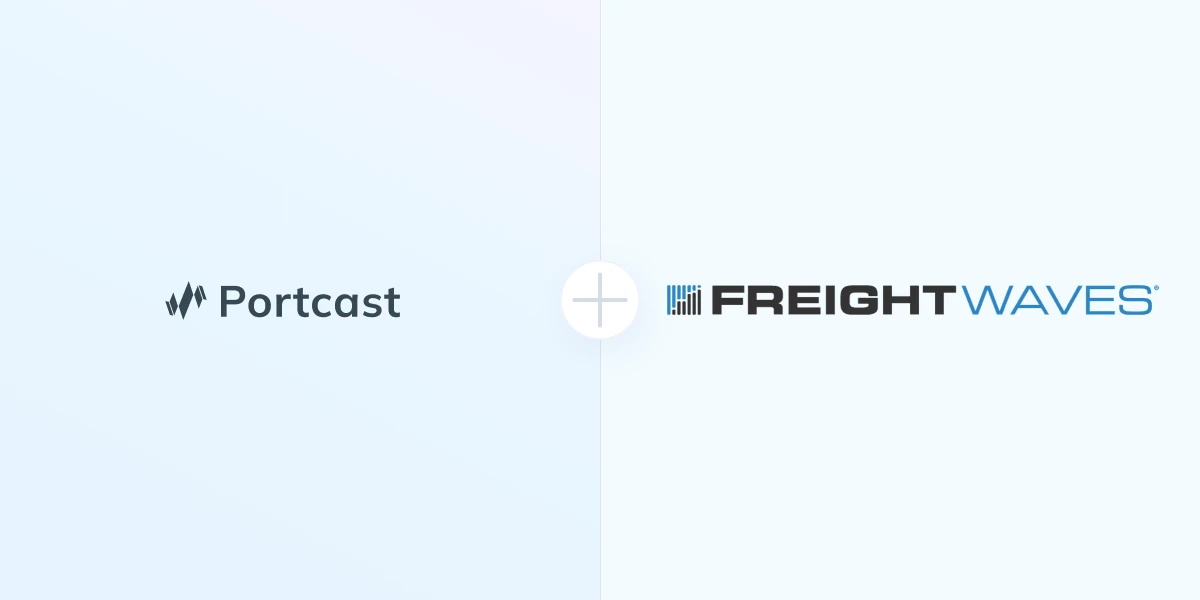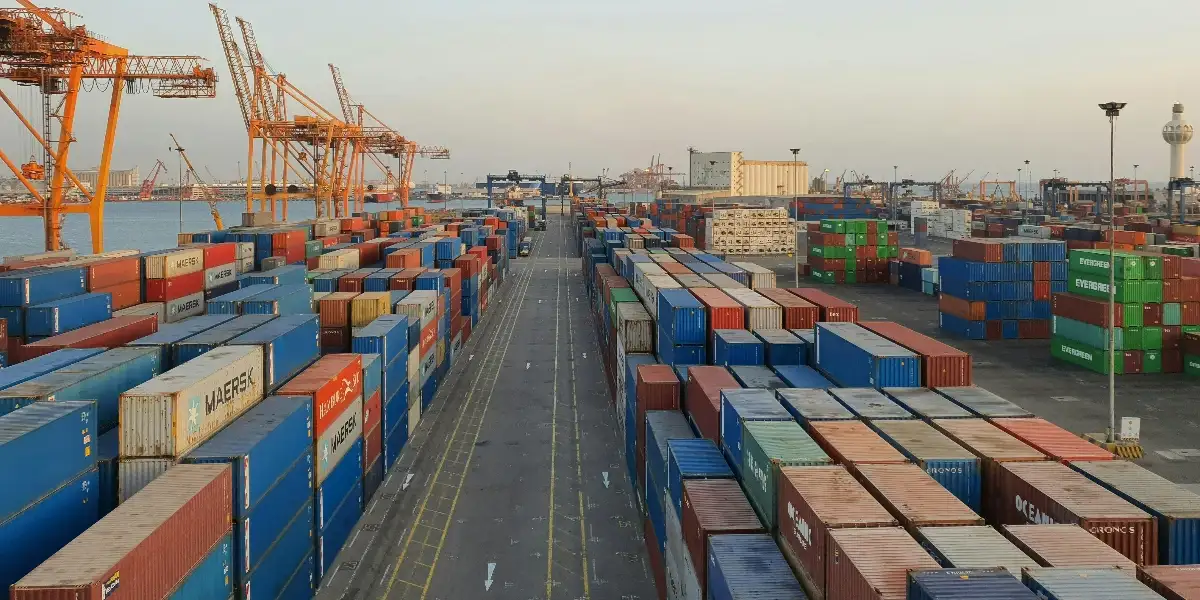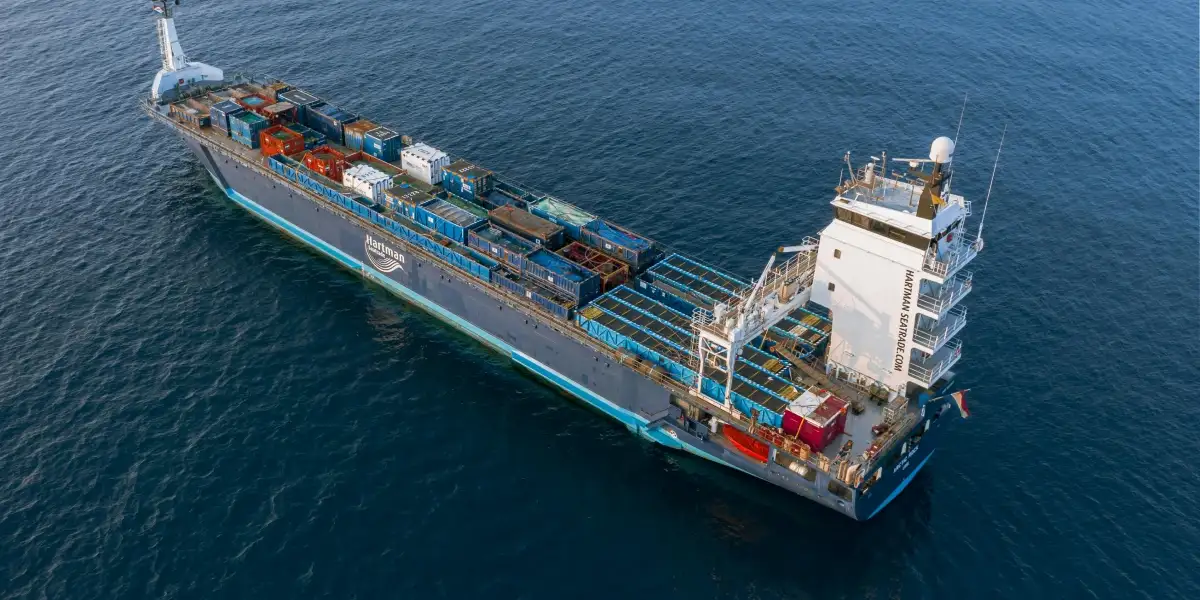In Panama, an unyielding drought has triggered a pressing issue for supply chains — long lines and frustrating delays at the Panama Canal. Countless ships are waiting at either side of the canal as dwindling water levels, linked to El Niño and broader climate shifts, have forced the Panama Canal authorities (ACP) to restrict passage through this critical trade route.
The Panama Canal drought has disrupted shipping and highlighted, once more, how the global trade system is vulnerable to the changing climate.
Present State of Affairs at the Panama Canal
To preserve the dwindling water supply, canal authorities have instituted stringent measures. These measures include reducing the daily count of ships permitted to traverse the canal to 32, a noticeable drop from the average of 36 during regular periods. In addition, weight limits have been imposed on vessels, a precautionary step to navigate the current crisis.
The consequences of these measures are tangible. August has witnessed a noticeable surge in the wait time to traverse the canal. As reported by Reuters, the average waiting period has extended to 10 to 11 days, a stark contrast from the preceding month's range of 6 to 7 days.
The severity of the situation gains clarity when considering the canal's pivotal role. With a remarkable 6% stake in global maritime trade and a staggering 40% share of all U.S. container traffic reliant on this vital maritime corridor bridging the Atlantic and Pacific oceans, the congestion is triggering a domino effect. This problem is particularly vexing as it unfolds in tandem with the onset of preparations for the forthcoming holiday season.
Challenges Unveiled by the Panama Canal Drought
Amid the ongoing crisis, a series of tough challenges have arisen, intricately woven into maritime operations. These unique but interconnected hurdles shed light on the industry's resilience in the face of unprecedented difficulties.
1. Vessel Backlog Grows
As ships pile up in an ever-expanding queue, a clear issue emerges. Multiple container vessels have experienced even lengthier waits over ten days, highlighting disruptions that ripple across multiple sectors, demanding swift solutions.
The chart illustrates container ship wait times at the Panama Canal from June to August, including a scatter plot of waiting times. The number of vessels increased gradually until early August and is now normalising. In the third week of August, several ships waited over ten days to cross. Average waiting time for container vessels was 17 hours in June, climbing to 24 hours this month, with the third week peaking at 28.6 hours.

2. Shipping Schedules Strained
Tweaks in booking slots and vessel weight requirements bring a new layer of complexity. While aiming to address backlogs, these adjustments inadvertently prolong waiting times, adding pressure to tightly knit shipping schedules.


3. Added Transportation Costs
The Panama Canal authorities have reduced the depth limit for larger vessels from 50 feet to 43.5 feet to prevent vessels from scraping the lake bottom. Consequently, certain ships have been compelled to offload containers onto trains, only to reload them on the opposing side of the passage. This incurs additional transportation costs, imparting an unwelcome financial burden.
An interesting instance involving Ever Max, bearing IMO number 9935208: During its voyage from CNYTN to USSAV, this ship reached the Panama Canal on August 2nd. However, it encountered an obstacle as its substantial TEU capacity prevented it from entering the canal. As a solution, the vessel unloaded its cargo at PABLB (Balboa), which was then transported via rail to the opposite side at PAONX (Colon). The ship resumed its journey, picking up the cargo and proceeding towards USSAV. This diversion incurred a significant expense, totalling around $1.5 million.
4. Diversion Impact
Once an efficient strategy, freight diversions now mean extended lead times. Routes that circumvent continents or traverse other canals come with added time and costs. For instance, choosing to send ships via the Suez Canal would contribute to higher expenses and greater distances.
The Ever Max vessel mentioned earlier (IMO 9935208), was initially slated to travel from USBAL (Baltimore) to CNXAM (Xiamen) via the Panama Canal, as per its early August schedule. However, it has since been rerouted and is now opting for the Suez Canal route. Notably, the ship has removed PAONX from its recent schedule.

5. Freight Rate Pressure
Reduced capacity and escalating demand for scarce slots are set to drive up freight rates. This intense competition could potentially influence cargo rates on alternative routes. With pivotal months ahead, as retailers stock up for the holiday season, the impact may set to broaden.
Real-Time Status of Affected Vessels: Access the Spreadsheet
For additional information about the container ships currently affected by the Panama Canal Crisis and those that could be impacted, please access the spreadsheet provided below. The spreadsheet will be updated automatically twice a day to display the list of container ships that are waiting and those that might face impacts within the upcoming weeks. (Data Source: Portcast)
Adapting Strategies: How Carriers are Responding
As vessel capacity becomes scarcer, carriers are swiftly adjusting pricing strategies to balance higher costs and uncertainties. In addition, reportedly, some carriers have implemented surcharges for clients using the canal to transport goods.
In response to the Panama Canal crisis, carriers are also exploring alternative routes. However, opting for different routes due to persistent congestion is anticipated to increase carriers' operational costs. Longer routes and extended lead times will strain their operational effectiveness.
While it is too soon to assess the exact financial impact of the Panama Canal congestion on shipping companies, this situation recalls the Suez Canal crisis in 2021. During that incident, the blockage by the Ever Given container ship led to multi-billion-dollar losses for shipping companies, illustrating the far-reaching ramifications that can arise from such disruptions.
Implications for the Forthcoming Holiday Season
The Panama Canal serves as a pivotal route for U.S. shippers bound for Gulf and East Coast ports. Notably, the United States constitutes a substantial 73% of Panama Canal traffic, accounting for approximately $270 billion worth of cargo. With heavyweight retailers such as Walmart, Target, and Amazon in the midst of preparations for the winter holiday sales season, the persisting limitations at the Panama Canal introduce potential ramifications for holiday inventories and supply networks.
The growing backlog is inducing delays in the movement of goods for major retailers, potentially resulting in an uptick in consumer prices over time. The implications of this congestion extend beyond immediate delays and could ultimately exert upward pressure on costs for consumers.






![[ロゴ]](https://cdn.prod.website-files.com/643006af9e6f61169be0dfb1/643006af9e6f611743e0dfee_Logo-Black-big.svg)
